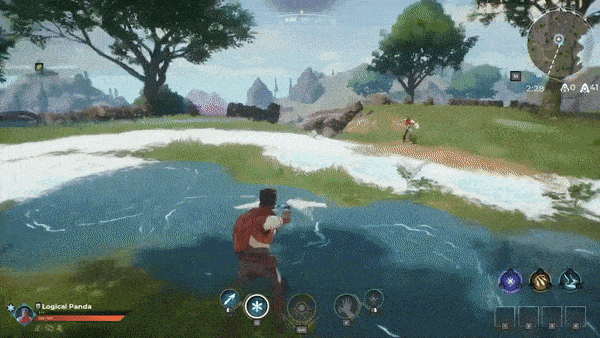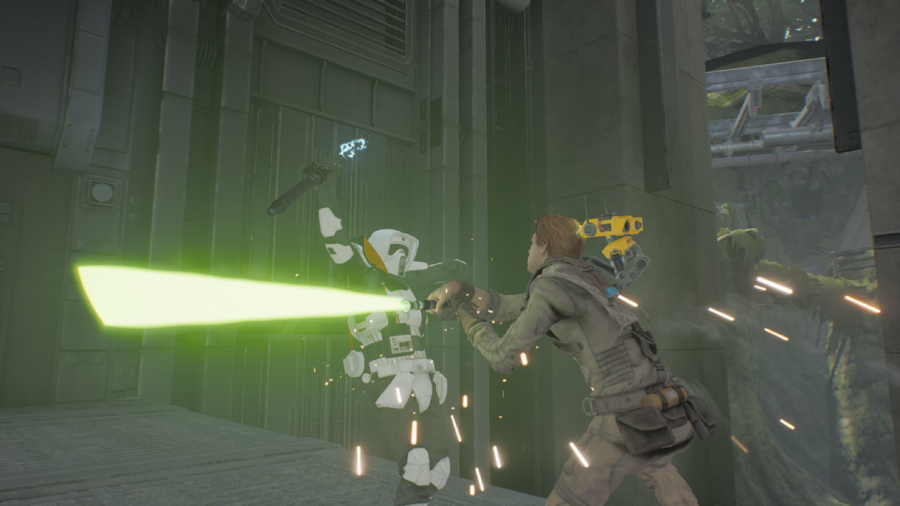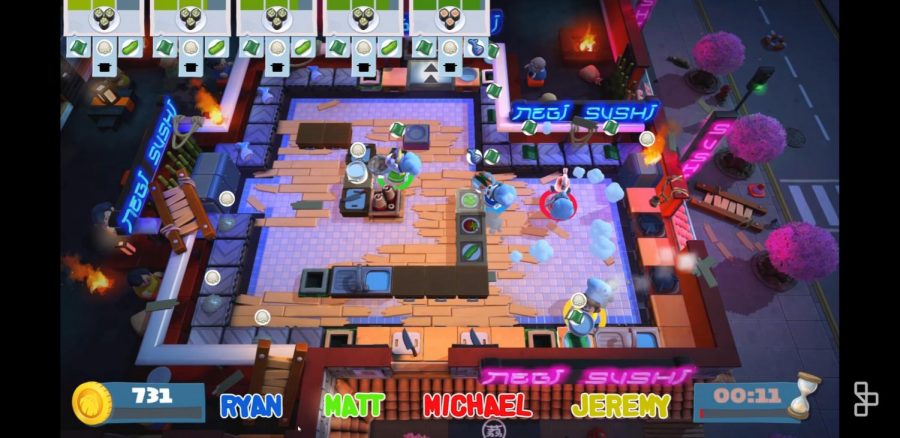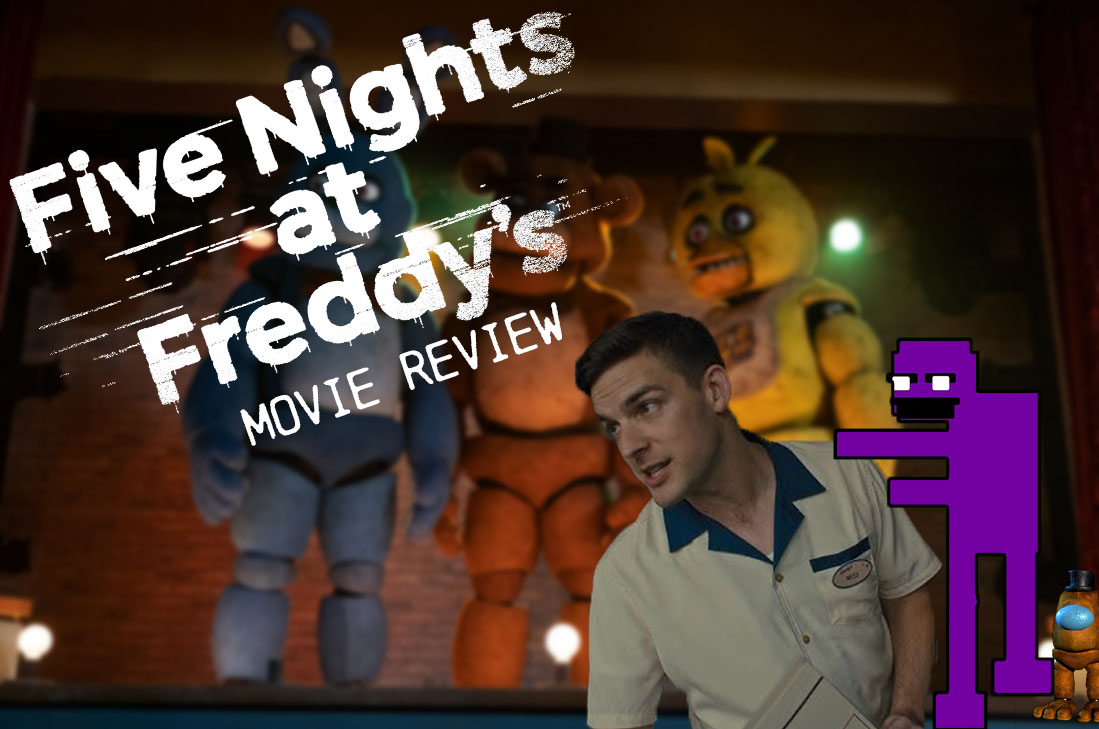Just three years ago, Metal Gear Solid: Rising was announced and was set to be a new beginning for the infamous and misunderstood secondary character, Raiden.
After a much publicized switch over of developers and vision, this particular title was almost in jeopardy. Metal Gear Rising: Revengeance (yes, this is a real word) takes a unique approach to the Metal Gear lore, while delivering its own brand of stylish and over the top action.
Set four years after the events of Metal Gear Solid 4, players once again take on the role of Raiden. After his recent assignment guarding an important government official turns south, Raiden comes face to face with a rival contractor known as the Desperado Elite and uncovers a conspiracy involving armies of cyborgs and giant robots, and corrupt officials that plan on bringing about the next World War.
Metal Gear Rising is a side story, and while it is still rooted within the Metal Gear canon, it stands on its own and can be enjoyable enough for newcomers. With that said, the plot and style of the game takes a more over the top approach, even by series standards. While this may put off some fans of the previous games.
Rising tries to keep their attention by tossing in nods and jokes to the previous games — while also shedding additional insight through the CODEC option, where you can interact with secondary characters.
In terms of core gameplay, Rising takes a different approach compared to past Metal Gear games. While the stealth elements are still present and almost necessary in some situations, fighting your enemies head on is the primary method of approach. Combat is fast, frenetic, and perhaps a bit overwhelming for some at first.
Literally, the first encounter has Raiden dealing with giant robots with plasma cannons and squads of tough cyborg soldiers. And this is all in the first five minutes of the game.
With Raiden’s cybernetic body, players will be able to take advantage of his speed and strength to take down enemies with ease. His increased strength allows him to block and parry enemy attacks from all directions. If you get your timing right, parrying at the right moment (when the enemy attack is just about to connect) will allow Raiden to follow up with a counter attack that’ll damage and stun the enemy.
The much touted ‘cutting’ gameplay was not exaggerated and offers some panache to the core gameplay. Objects and obstacles can be cut and diced to bits, which not only helps you maneuver around the environment, but also proves useful for combat purposes. During combat, however, the cutting mechanic really shines.
At any time during combat, players can enter blade mode, which is essentially a sword aiming mode. You can aim the angle of your slashes and pinpoint where exactly you want to cut them. Blade Mode also allows you to forgo the surgical approach in favor of dicing your enemies to bits.
As pleasant as my experience was with MGR, this entry in the franchise does have a few glaring issues. The largest problem by far is the fairly short length of the campaign.
At just around five hours, people who cleared the game the first time might be a bit put off by how quickly it all comes to a close.
As with most hack and slash action games, replaying the campaign on higher difficulties is encouraged and helps to open up the experience. Yet another issue, that is common in hack and slash games, is the poor camera system.
During the combat, it can spell the end for you if the camera is angled the wrong way as enemies prepping attacks off screen won’t be in sight of players.
Despite these issues, as glaring they are, Metal Gear Rising: Revengeance is a very engaging and fun entry in the Metal Gear franchise. It isn’t afraid to strike out on its own and tell its own story, and it succeeds in offering a new take on a familiar character.
Fans who are worried about MGR’s place in the series need not fear, as its essence and heart is purely Metal Gear – and newcomers looking to cut their teeth on new titles need not look further than this.













